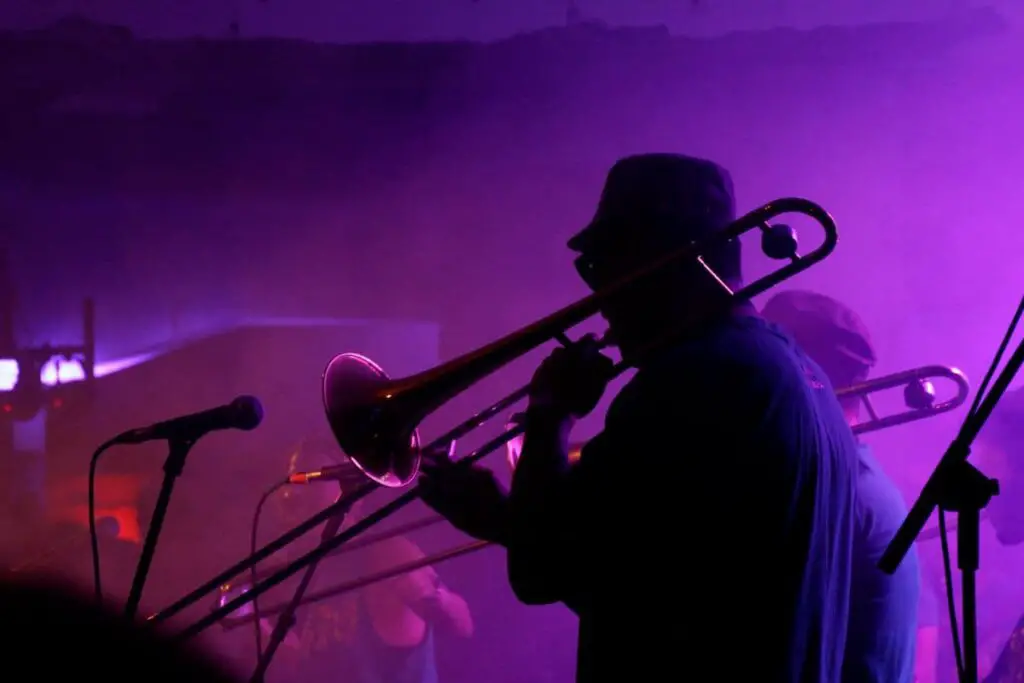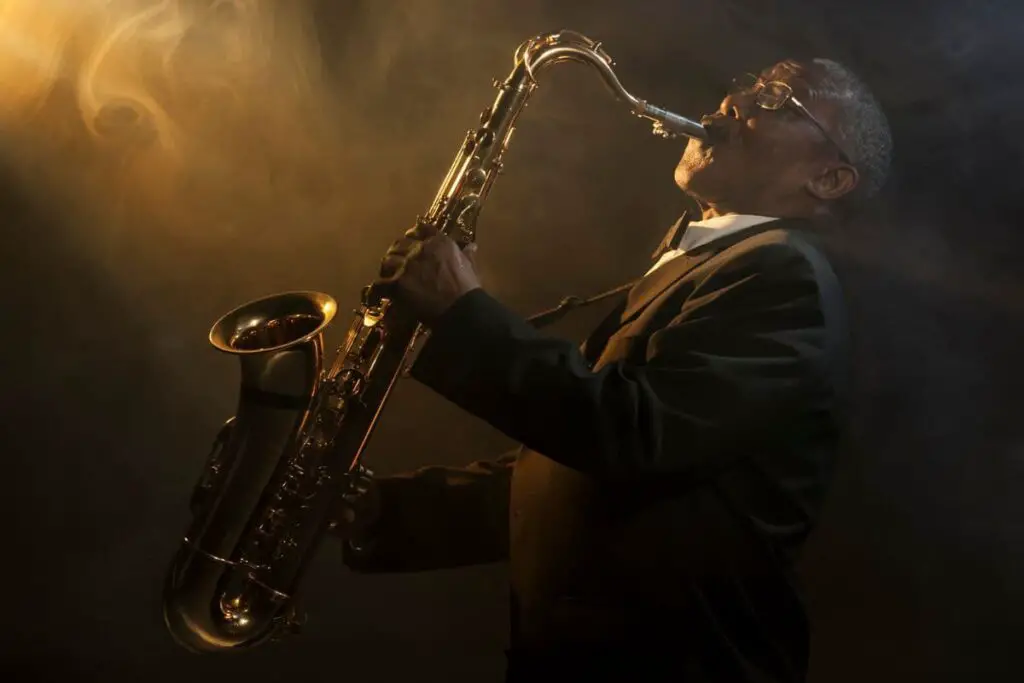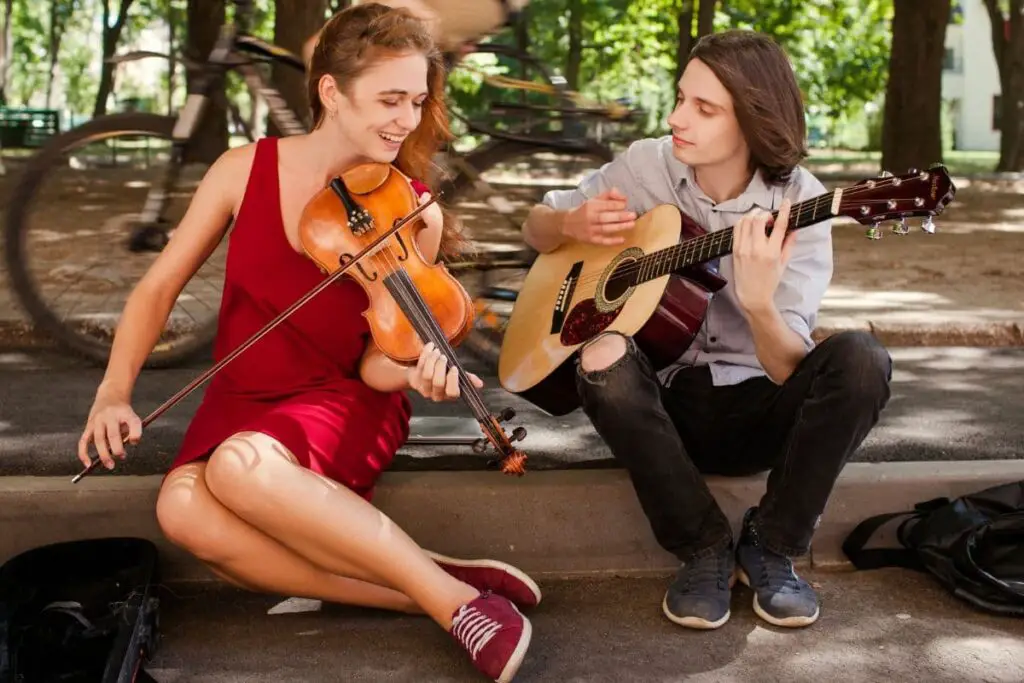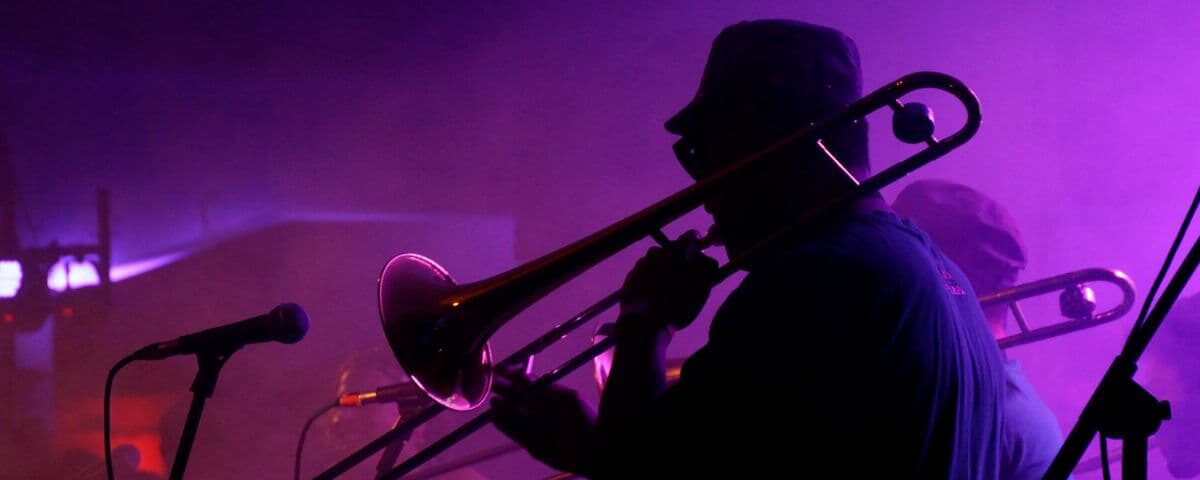The hybrid culture of New Orleans makes the city among the most unique in the United States and worldwide. Food, language, and music swirl in a kaleidoscopic mix that draws millions of visitors annually. The answers to what started New Orleans music history—and which artists—are just as richly coloured.
New Orleans’s music history is rooted in Africa, Spain, France, and Latin America. Sounds from these lands came together in the city to become the signature sound. With the rising popularity in the USA, groundbreaking musicians like Scott Joplin, Dennis McGee, and Boozoo Chavis emerged.
After the Louisiana Purchase of 1803, New Orleans became notable for music styles like Jazz, Cajun, Zydeco, and Gospel. A true blossoming of New Orleans Music History occurred during the south’s antebellum years (between 1812 and 1861).
Let’s explore who started New Orleans’s music history—and which artists were at the forefront.

History of the Genres—And Their Masters
Unlike in other regions, the New Orleans enslaved people were allowed to congregate for music and dance. This freedom meant the sounds of African American culture were available to any audience curious enough to listen.
The most popular styles of music in New Orleans are Jazz, Cajun, Zydeco, and Gospel. Their histories reside in the same iconic city, but each style is unique.
The Emergence of Jazz
Jazz music has been a favoured genre at parties and celebrations for hundreds of years. Its upbeat, syncopated rhythm of horns, drums, piano, and often improvised vocals invite people onto the dance floor.
More somber renditions of the style come from jazz funerals, in which marching bands play farewell dirges. You can see an example of these classic musical laments in the following video:
What Started New Orleans Jazz?
Ragtime came from the African-American communities of New Orleans in the mid to late 19th century. Even earlier than that (around 1819) the enslaved people of New Orleans were allowed to gather on Sundays in Congo Square to dance and play music.

Their songs were a mixture of Caribbean, African, and church Gospel. At the same time, minstrel shows were taking place in local theatres. This music inspired many imitators who went far beyond racial segregation and captured the imagination of all musicians.
As the American Civil War approached, marching bands added the sound of horns and drums, using rhythms they hoped would inspire victory.
By the end of the century, the styles blended to form what was first called Jass but soon became Jazz.
The Pioneers of New Orleans Jazz
The first true legend of Jazz was Buddy Bolden.
Bolden was born in 1877. He learned to play the cornet by ear—that is, by listening to other songs and playing his interpretations. This method not only developed his legendary skill as a trumpeter but honed his ability to improvise.
Bolden became known for playing the same song differently with each performance—a trait that made him increasingly popular.
His group, The Bolden Band, hit it big in The Big Easy (New Orleans). By the early 1900s, they were playing iconic songs like:
- Funky Butt
- Down By The Riverside
- Buddy Bolden Stomp.
Another Jazz pioneer—Jelly Roll Morton—appeared in 1890. The odd nickname, Jelly Roll, came from his early work as a brothel pianist. Jelly roll was African-American slang for female genitalia.
Morton toured the South, writing songs such as Jelly Roll Blues and King Porter Stomp. In his brassy fashion, Morton claimed to have invented Jazz (around 1900), though was never proved. His contributions to the genre, however, more than earn him his place as a Jazz pioneer.
Cajun Music in New Orleans Music History
Cajun music was born from a marriage of French and African cultures. It has a fast beat, punctuated by sprightly button accordions and fiddles. Due to its roots, most Cajun artists write their song lyrics in French. Here’s a YouTube video of a popular Cajun song:
What Started Cajun Music in New Orleans?
Cajun music’s roots extend back to 18th century South Louisiana, including New Orleans. The word Cajun is a shortened version of Acadian.

Acadians lived in the French colony of Acadie, Canada. Today it is known as Nova Scotia. In 1713 the UK took control of Acadie. By 1755 most of the Acadians were deported and looking for a new place to live. Many of them came to Louisiana where they blended their musical style with that of the enslaved Africans.
The Pioneers of New Orleans Cajun Music
Cajun music was first recorded in New Orleansin 1928. Among the first musicians was Joe Falcon who recorded the first Cajun song, Allons à Lafayette, seen on this YouTube video.
The accordion is typical of the genre. Falcon recorded Allons à Lafayette with his partner and wife to be Cleoma Breaux on guitar. This famous piece sold thousands of copies and made Falcon Cajun music celebrity.
The Breaux Brothers were from Roberts Cove, as was Joe Falcon who they knew well. Cleoma was the sister of Amede Breaux. They became familiar musically as they often accompanied Falcon in songs. Furthermore, the Breaux Brothers and Falcon were active simultaneously and recorded Cajun songs such as Jolie Blonde and Vas y Carrément.
Other Cajun legends include Dennis McGee (1893-1989) and his recording partner and brother-in-law, Sady Courville (1905-1988).
Cajun is still played today in dance halls all over Louisiana.
How Zydeco Emerged in New Orleans
Zydeco music is often mixed with Cajun—as the styles share some similarities. However, Cajun arose in the white French colonies of Louisiana—while Zydeco owes its past to the Creoles. Creole people encompassed descendants of the West Indies, French, and African peoples. And French Creoles are responsible for the term Zydeco.
A Zydeco band usually features the following members:
- accordionist
- drummer
- guitar player
- fiddle player
- rug board player
The clicky sound of a rug board is distinctive to Zydeco, as is a swing dance tempo linked with call-and-response lyrics. Watch this YouTube video and be entertained by the song Zydeco a Pas Sale by Jeffery Broussard & the Creole Cowboys:
What Started Zydeco in New Orleans?
The Louisiana Creoles lived and made music in Louisiana for 150 years (about 1653 to 1803). By the time of the Louisiana Purchase, the Creoles were playing Zydeco as a typical way to unwind.
The genre caught on with American settlers after 1803. People had lots of fun with Zydeco at dances and parties. Indeed, they still do today, not just in Louisiana but worldwide.
The Pioneers Of Zydeco
Amede Ardoin (1898-1942) made the first recordings of Zydeco music in 1929. It consisted of six songs, all with Columbia Records. An astonishing 28 more of his recordings came throughout the 1930s. These did well with audiences in southern Louisiana, and inspired other Zydeco artists.
Among these artists was Boozoo Chavis. Chavis was a Zydeco accordion player born in 1930. His first recording, Paper In My Shoe, in 1954. Paper In My Shoe, about a man too poor to buy new shoes, forcing him to stuff paper in his old ones to keep warm, was commercially released and became the world’s first Zydeco hit.
Other famous Zydeco artists followed, including Clifton Chenier, Queen Ida, and John Delafose.
These musicians helped lead the charge for making Zydeco music what it is today.
Gospel Music in the Big Easy
Gospel is sometimes referred to as African-American Christian music, though it is not limited to any race. In pre-Civil War Louisiana, enslaved Black people heard people singing Gospel at Sunday church and joined in to form call-and-answer hymns.
Gospel songs often begin as a quartet that spreads over a church congregation, resulting in jubilee singing. The tempo varies depending on the score, while the lyrics are religious, often sung by whole church congregations. Sometimes instruments are used, though a cappella—vocals without instruments—retains dominance in the genre.
Here’s a popular gospel song.
What Started New Orleans Gospel?
Gospel music started in Protestant and Catholic churches in the antebellum south. In the fields, Black slaves sang religious hymns about sad times or their hopes for better times.
One source eventually found the other, giving birth to the gospel we know today.
The Pioneers Of Gospel Music
In Louisiana native Mahalia Jackson (1911-1972) used Gospel Blues with great success. Her astounding vocals helped her to sell 22 million records and fill concert venues all over the world.
Jackson felt at home in the church and was inspired by her surroundings. She was famous for her distinctive voice and refused to sell out to secular music. Jackson is hugely responsible for the popularity of contemporary Gospel music.
Final Thoughts
We have a lot to thank New Orleans musicians for. Especially mixing the music of Africa, Spain, France, and Latin America to create new sounds.
It was those pioneers who started New Orleans’s Music History and enriched much of the music we hear today. It all goes back to using sounds to communicate emotions. And New Orleans expressed them all.

